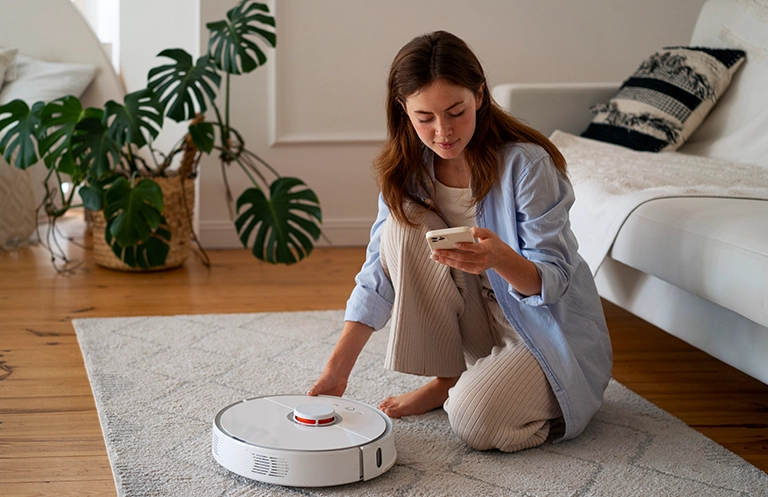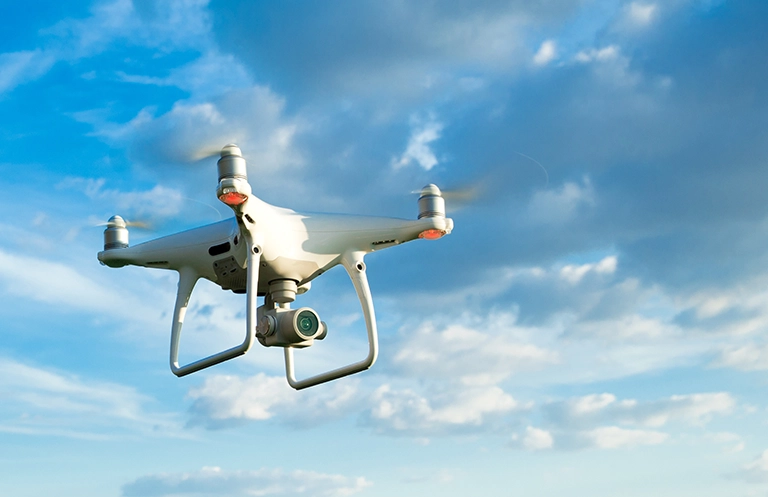It is predicted that the acquisition of AR/VR will raise the market to 16.2 billion USD globally in the coming five years. Augmented Reality technology can elevate the efficiency of healthcare processes like operative service, anatomy, medical training, and the most vital surgical environment.
Augmented Reality is one of the leading-edge technologies that can be effectively implemented in surgery. This new computational technology is coming out with the rapid evolution of real-time visualization platforms. While performing surgeries, the patient’s real-time critical data like ultrasonography, mammography, computed tomography (CT), and Magnetic Resonance Imaging (MRI) plays a very important role in the procedure. This data is generally displayed on a 2D plat single monitor.
So, it is inconvenient for the surgeons and other medical staff to look at the screen every time, which may be probably placed away from their visible range. Augmented Reality helps to bring all this data in front of a surgeon while operating. A surgeon wearing an AR headset would be able to access all digital information, images, and other relevant data directly at his convenience. The surgeons need not take their eyes off the patient to see the relevant information.
Various kinds of visual data is visible partially and separately; therefore, doctors can give extra undeviating attention to the number of a fused image model. Taking all this into consideration, it seems like Augmented Reality could be the best visualization technology to deal with these kinds of challenges. Shifting of displaying information from various 2D monitors into a tangible format to turn the operation easier, safer, and more precise.
How Does Augmented Reality Work in Operating Room?
Augmented Reality is a set of advanced technologies that consist of key features to transform the patient’s digital data into the physical world. Using AR headsets, doctors can perceive accurate and crucial data in front of their eyes. It implies that the surgeons would be working in extraordinary real-time insight during surgery. Likewise, pulse rate and anesthetic concerning information would be reflected right away in the AR headsets. In the 3D model, AR is the most convenient way to detect tumors and infected tissues using X-ray vision.
Benefits of Applying AR in Surgery
- Serious medical errors especially in terms of surgery in and out of the operation room can be avoided by using precise data obtained by AR.
- With the help of AR, the staff in the operation room has precise preoperative images to obtain the best results. Anesthesiologists can easily track all aspects of the patient’s physiology and manage all essential medications. Likewise, surgical nurses can make sure all the required equipment is prepared and available to use. Surgeons can engage in the operation procedure thoroughly without any distractions.
- As AR can provide a shared display to monitor and analyze patients’ real-time data, huge amounts of money can be saved that is spent on numerous screens, connected to different devices like ultrasound, CT, and endoscopy.
- Augmented Reality helps medical centers to save money and time. Surgeons are extremely benefited by the ability to study 3D scans before the operation procedure. It helps to prepare for each instance specifically by taking in proactive and time-saving procedures.
Examples of Augmented Reality in Healthcare
1. Getting drug information using AR
Have you ever been inquisitive about how the pills and medicaments you consume work in your body? Now it is possible using Augmented Reality. Scientists can monitor their experiments with Augmented Reality equipment in a 3-dimensional visualization. It can also be used for the staff in pharmaceutical factories to start working without hands-on training.
2. Vein detection using AR
Using handheld scanners, projects over the skin can show the nurses and doctors precisely where the required vein is, in the patient’s body. So that they can avoid unsuccessful attempts to insert a needle into a patient’s body.
3. Wayfinding for Defibrillator Station
Navigation is an excellent application for Augmented Reality in healthcare. Many medical centers have installed defibrillator stations in key areas of the cities for access in an emergency. By using Augmented Reality equipment, anyone with the help of a smartphone can find their way to the nearest defibrillator station.
4. Symptoms can be explained better through AR
Generally, patients struggle to explain their symptoms of suffering to doctors. Using applications like Oculenz, doctors can show the simulation of symptoms suffering in a 3D format from a specific condition.
Conclusion
Nowadays, Augmented Reality has become one of the most significant technologies that can make medical surgery safer and more promising. Augmented Reality displays united patient data to help surgeons and other medical staff to keep their eye on the patient’s body, accordingly, improving quality, efficiency, and minimizing costs.
Qualcomm has launched its Snapdragon Spaces XR Developer Platform. Extended Reality (XR) is an umbrella term that summarizes Augmented Reality (AR), Mixed Reality (MR), and Virtual Reality (VR). Head-worn XR can exhibit unique challenges to manufacturers. For example, sound and visual quality must be very high, and interactions with the user must be instinctive. Qualcomm announced to use its Snapdragon processors to leverage heterogeneous computing architectures optimized for Augmented Reality’s various applications.
Being a Qualcomm technology partner, eInfochips offers end-to-end device engineering services with experience in multiple medical device developments. eInfochips has been serving healthcare customers globally. It has successfully delivered various projects based on Augmented Reality and has become a part of several achievements so far.
To know more about our offerings, please get in touch with us today.













